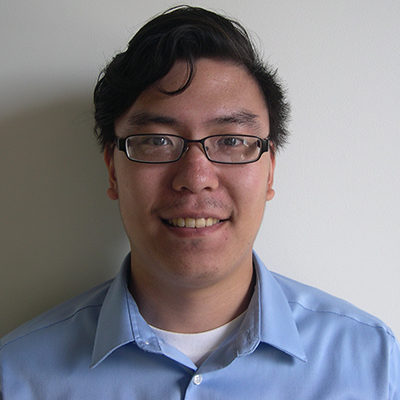
PAYETTE’s Young Designers Core (YDC) recently held its first ever sketch crawl, an event where a group of individuals walk the city and sketch at various locations. It is a great way to see how others document their surroundings and a valuable opportunity to exercise one of the most essential skills to architects and designers alike. It’s also a fun excuse to get out and wander around the city with friends and coworkers.
For the inaugural outing, we explored MIT, which has a rich mix of traditional and contemporary buildings. Our group began the tour by sketching the interior of the MIT Chapel, by Eero Saarinen. We then made our way over to the MIT Baker House Dormitory by Alvar Aalto and admired Simmons Hall by Steven Holl from across the field. We cut back through the Kresge Oval, stopping to sketch the outside of the MIT Chapel and the Kresge Auditorium, also by Saarinen. After taking a small detour to the McDermott Court to sketch Alexander Calder’s sculpture, La Grande Voile, and I.M. Pei’s Green Building, we ended the sketch crawl at the Ray and Maria Stata Center by Frank Gehry.
Each location had different site conditions, which offered various opportunities as well as constraints. Like any other site sketching, however, the most significant constraint is time. Having a limited window of time in which to sketch demands a more deliberate approach and it becomes necessary to ask critical questions. What is most important in the scene? How do you curate the sketch? What do you highlight? What do you subdue or omit?

If pressed for time, it is best to be efficient with lines, yet still draw enough to effectively convey what you see. In the same vein, it is also important to choose the drawing type that will best showcase your subject. And like a finished drawing or diagram produced on a computer, line weights, hatching, and color are also powerful aids in the legibility of a sketch. But, in the end, because we are not computers, the nuances and idiosyncrasies of the human hand—along with the implement it wields—has immense power over the tone and overall reading of the sketch.
We had a sizeable collection of sketches by the end of the crawl, which was great to see, especially when we took a moment to admire the sketchbooks alongside one another. Overall, PAYETTE’s first sketch crawl was a success. Looking forward, I think it would be exciting to add another component to the event, such as a theme or short brief that would act as a lens, giving more direction to the event and challenging those curious about trying something new or interested in brushing up on old skills. These themes could range from a series of exercises to a short excerpt taking about unique perspectives on representation. Regardless, the aim is to challenge the hand and the eye to push the way in which we perceive the world around us, as well as how we capture that world.


